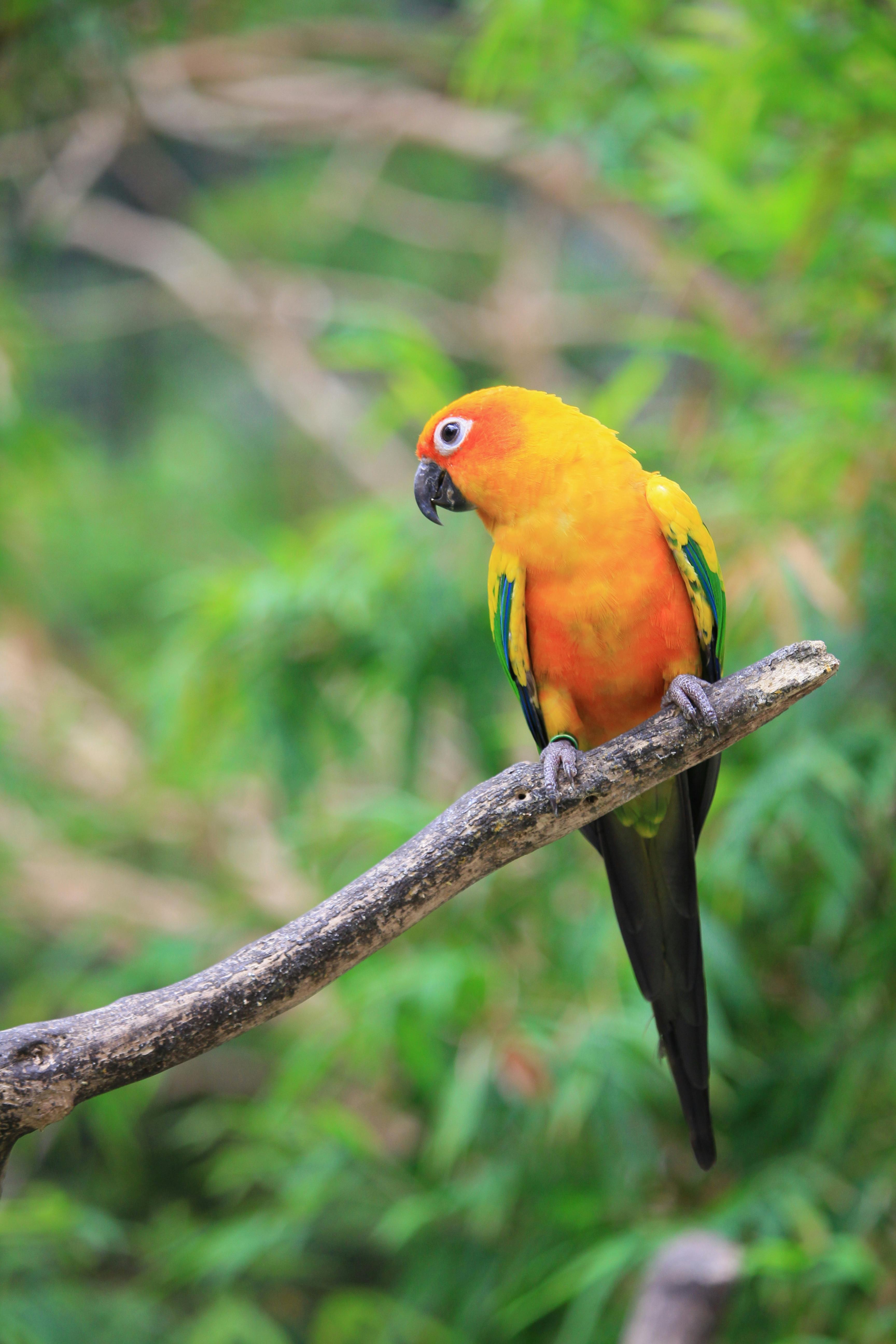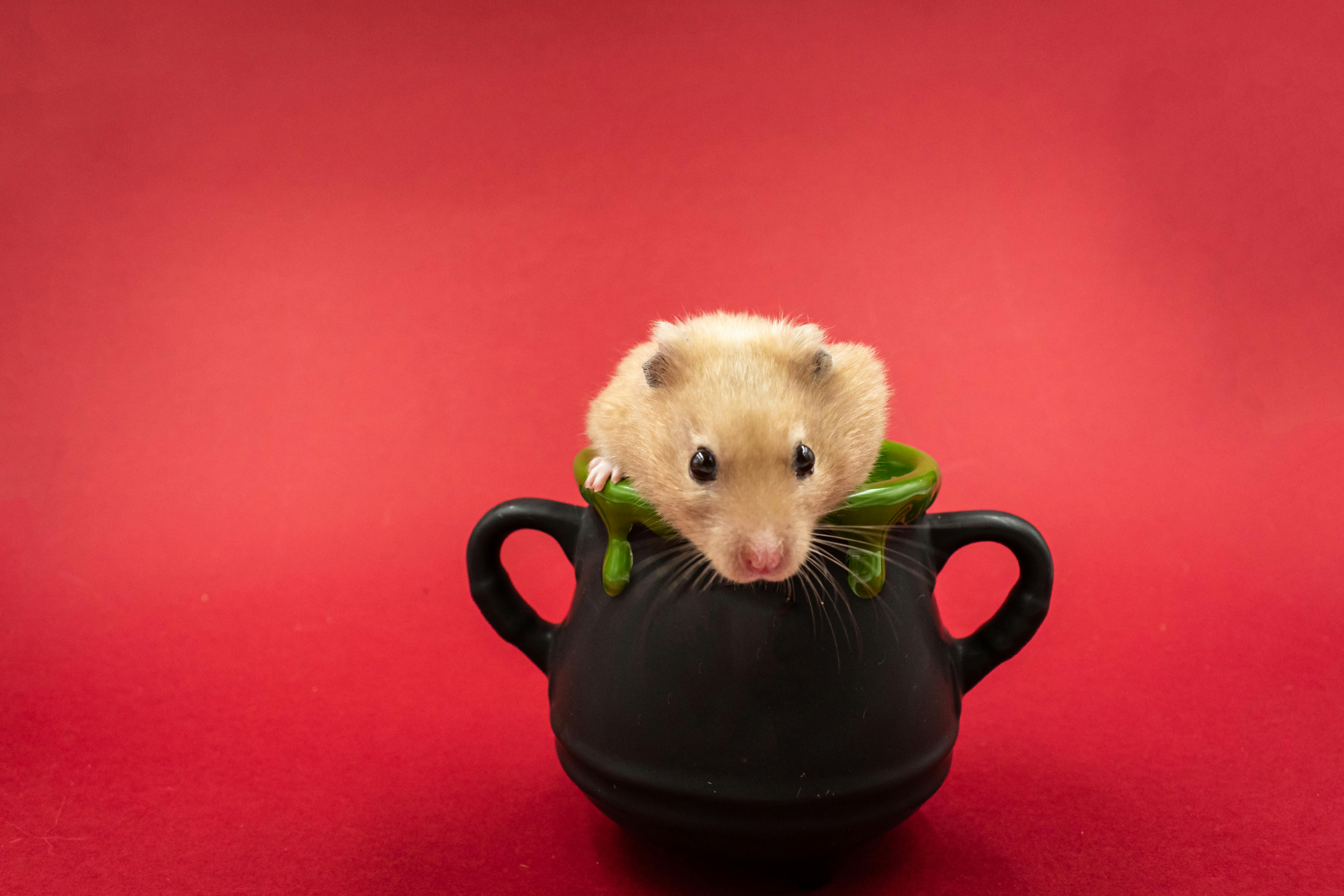
Effective Ways to Set Up a 10 Gallon Betta Tank for Success
Setting up a 10-gallon betta tank requires careful attention to the unique needs of betta fish to ensure a thriving aquatic environment. Bettas are not only visually stunning but also possess complex behaviors that necessitate the management of their habitat, water quality, and overall tank setup. A 10-gallon tank offers ample space for these creatures to swim freely and express their natural behaviors, making it an ideal choice for both novice and experienced fish keepers.
This article provides a comprehensive overview of the best practices to set up your betta tank successfully. We'll cover essential components like filtration, heating, and decoration, as well as the specific habitat requirements and water conditions needed for optimal betta health. Proper care and maintenance will also be discussed, highlighting the importance of regular water changes and testing.
By following these guidelines, you will create a healthy and stimulating environment for your betta fish that not only enhances their physical appearance but also supports their overall well-being. From the best aquatic plants for betta tanks to tank mates that coexist peacefully, we’ll explore everything you need to know.
Let's dive into the essentials of setting up a 10-gallon betta tank effectively.
Choosing the Right Equipment for Your Betta Tank
Building a successful betta fish tank starts with the right equipment. Selecting appropriate gear ensures your 10-gallon aquarium operates smoothly, creating optimal living conditions for your betta. The fundamental components include filtration systems, heaters, and tank decorations.
Betta Tank Filtration Systems
Effective filtration is crucial for maintaining water quality in your betta tank. Betta fish are sensitive to water conditions, so choosing the best filtration for a betta tank can greatly enhance their health. A hang-on-back filter or sponge filter is usually recommended, as these options provide sufficient filtration while minimizing water turbulence. Bettas prefer calm water, and turbulent filters can stress them out.
Regularly cleaning the filter media and performing maintenance checks will help in maintaining efficient filtration. Additionally, installing a filter with adjustable flow rates allows you to customize the water flow according to your betta’s preferences.
Tank Heater for Temperature Regulation
The water temperature for bettas should be kept between 75°F to 82°F (24°C to 28°C). A reliable heater is essential for ensuring consistent temperatures. When selecting a betta tank heater, consider getting a submersible heater, which can evenly distribute warmth throughout the tank. Make sure to monitor the temperature regularly using an aquarium thermometer to prevent fluctuations that can stress your fish.
Importance of Lighting in Betta Tanks
Betta fish tank lighting contributes not just to aesthetics, but also to the plant health within the aquarium. A good lighting system encourages plant growth, which is vital for creating a natural environment. LED lights work well for most betta setups due to their energy efficiency and ability to simulate a natural day/night cycle. However, it is advisable to limit the lighting duration to about 8-10 hours a day to prevent excessive algae growth while promoting a comfortable habitat for the betta.
Creating a Beautiful Betta Habitat
A well-decorated tank can enhance your betta's quality of life and make your aquarium visually appealing. Let’s discuss the essential elements to include in your betta habitat.
Tank Substrate and Aquatic Plants
The substrate for your betta tank can significantly affect both the health of your aquatic plants and your betta's well-being. Fine gravel or sand substrates are ideal as they allow for easy planting and do not harm your betta's delicate fins. Incorporating live plants into your aquarium not only enhances beauty but also helps improve water quality by absorbing nitrates. Recommended plants for betta tanks include Java Fern, Anubias, and Pothos, which thrive in low-light conditions.
Decorative Elements and Hiding Spots
Adding tank decorations like caves, driftwood, and smooth rocks provides hiding spots for your betta, which helps reduce stress. Proper hiding spots are essential for the betta's behavioral health, allowing them to retreat when feeling threatened. Select natural-looking decorations that are free of sharp edges to prevent fin damage.
Choosing Compatible Tank Mates
Choosing the right tank mates is another essential aspect of establishing a harmonious environment. While some tank mates can coexist peacefully with bettas, others may provoke aggression. Ideal companion species include peaceful fish like neon tetras, corydoras catfish, and snails. Avoid aggressive or fin-nipping fish, including other bettas, as they can lead to stress and injury.
Maintaining a Healthy Betta Environment
After your tank is set up, maintaining its health is crucial for your betta’s long-term well-being. Regular maintenance tasks will ensure that your aquarium remains a safe and enjoyable place for your fish.
Regular Water Changes and Testing
Performing regular water changes is essential for eliminating toxins and maintaining optimal water quality. It is generally recommended to change 10-20% of the tank water weekly, depending on your tank's bioload. Additionally, using a betta fish water test kit helps monitor levels of ammonia, nitrate, and pH to keep conditions ideal for your fish.
Betta Tank Cycling Process
Before introducing your betta, it’s essential to cycle your tank to establish beneficial bacteria. This process, known as tank cycling, involves introducing ammonia into the tank to kickstart the development of nitrifying bacteria. You can perform a fishless cycle using pure ammonia or cycling with hardy fish that can tolerate changing parameters. This will help create a stable environment for your new betta.
Feeding and Nutrition for Bettas
The diet of your betta fish significantly impacts their health. A balanced nutrition plan should include high-quality pellets specially formulated for bettas, supplemented with occasional freeze-dried or frozen foods like brine shrimp and bloodworms. Maintain a feeding schedule of 1-2 times daily, ensuring not to overfeed as it can result in poor water quality and health issues.

Signs of a Healthy Betta Fish
Understanding the signs of healthy betta fish is vital for maintaining their well-being. Recognizing any abnormalities is crucial for early intervention and care. Below are common indicators that signify a healthy betta fish.
Betta Fish Behavior Observations
Healthy bettas exhibit active swimming patterns and show interest in their environment. They should explore their habitats, interact with decor, and display vibrancy without signs of lethargy or hiding. Watching your betta's behavior can provide insights into their health status.
Physical Condition and Color Vibrancy
A betta's physical appearance can be a good indicator of its overall health. Look for bright colors and well-defined body shapes. If your betta's colors appear dull or the fins are frayed, it may indicate stress or health issues. Regular monitoring allows for the detection of potential concerns promptly.
Common Signs of Illness
Learning how to recognize signs of illness can be beneficial for all betta keepers. Symptoms such as clamped fins, rapid gill movement, or lesions should be taken seriously. Isolating the affected fish and examining water parameters can help diagnose conditions early and reduce the risk of spreading diseases to others in the tank.

Final Thoughts on Betta Tank Setup
Setting up and maintaining a 10-gallon betta tank can lead to a rewarding experience for both the owner and the betta fish. By paying attention to equipment, creating a suitable habitat, and practicing good maintenance routines, you will ensure your betta thrives in its aquatic environment. Incorporating aquatic plants and safe decorations not only enhances aesthetics but also supports the well-being of your fish.
For further reading, consider checking out detailed betta aquarium care guidelines or creative ideas for betta tank decorations. These resources provide additional insights into making your betta environment a flourishing home for your fish.
With diligence and proper care, your betta fish can live a long, healthy life while showcasing its beautiful colors and behaviors. Embrace the journey of betta ownership, and enjoy the vibrant world of aquatics. Your efforts will not only create a peaceful habitat but also help in bonding with your finned friend.